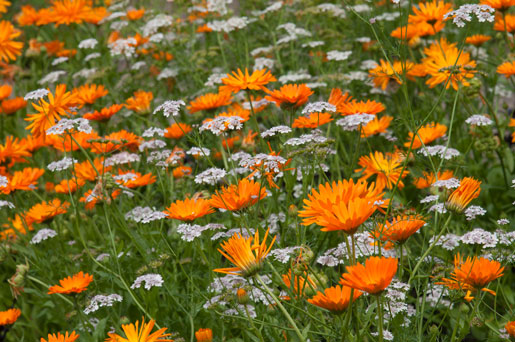These are the best blooms for cutting so you can enjoy them outdoors and in, as florist Arthur Parkinson tells Hannah Stephenson.
If you love flowers both outside and in, now is a perfect time to start growing blooms in your garden that you can cut for DIY bouquets later on.
You can dig out old seed packets or buy new ones from mail order suppliers such as Suttons.co.uk and mr-fothergills.co.uk, which have seen huge increases in sales.
Keen to get started? Here, gardener and florist Arthur Parkinson shares some top tips on growing the most colourful, eye-catching flowers, which will offer masses of interest whether you leave them outdoors or cut them for your home…
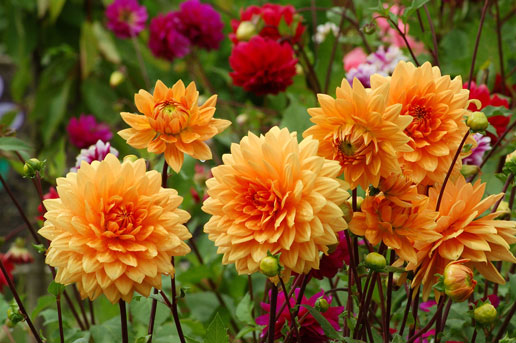
Dahlias
There’s still plenty of time to pot up dahlia tubers. They need to start off undercover and be kept frost-free, so plant them either in a greenhouse or on large windowsills.
For small numbers, plant the tubers up individually into two or three-litre pots using peat-free multipurpose compost. The tuber only needs to be a few inches below the surface of the pot’s compost.
If the compost is moist to the touch then you will not need to water the tubers until they send up their first few shoots, as this will be enough to stir them into growth. Overwatering growing dahlias can cause them to rot.
If you really want to go to town with dahlias, the quickest way to pot lots of them up is to crate plant them. Plastic crates can be lined with old, pierced compost bags and into each six tubers can be planted together.
Once they are large and growing well, you can take each plant from the crate like slices of cake and transplant them into large containers or out into the garden.
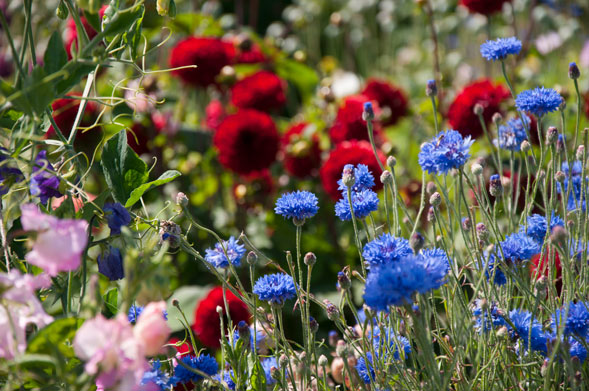
Hardy annuals
You can sow hardy annuals now, these include calendulas, cornflowers and borage. It is too early to sow most fast half hardy annuals such as cosmos, as it is better to sow these from mid-April.
If you are growing on a windowsill then keep your seedlings cool and put them outside on mild days to prevent them getting leggy, bringing them inside at night until they begin to grow their adult leaves.
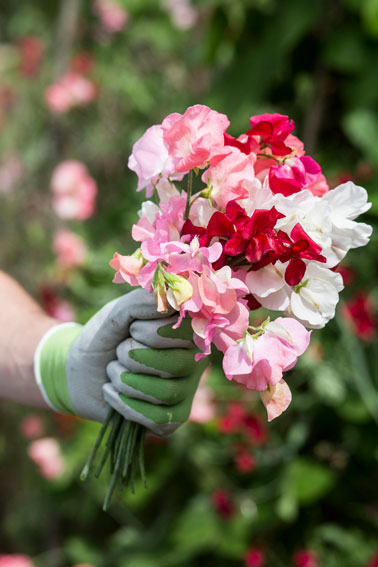
Sweet peas
Pinch out sweet peas if you sowed them over the winter. Once they look strong with several pairs of leaves, pinch out the growing tip with your thumb and forefinger. This encourages the seedlings to grow sideshoots that will flower well.
If you haven’t sown sweet peas yet you still can sow them. Those that are seedlings now will be ready shortly to be planted out in their final positions. Dig in as much well-rotted manure that you can, as sweet peas are very hungry plants.
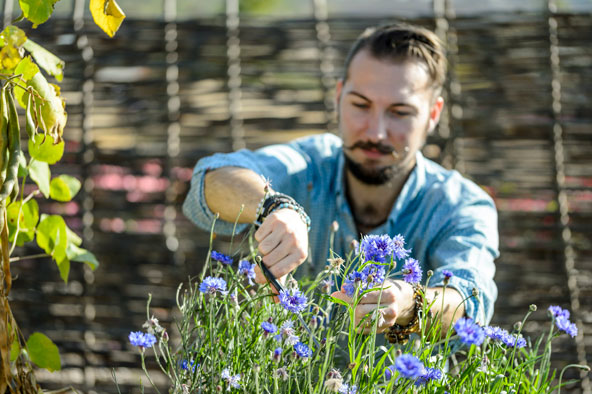
Staking
The mild winter is seeing the sap quickly rise in many trees. Now is the time, if you haven’t already, to secure a source of hazel and silver birch for pea sticks and poles if you can.
Birch is often found to have self-seeded itself along roads in urban places, so you may spot it on your one walk a day. However, you could also use the prunings from apple trees, or paint old bamboo canes a good deep green or even a Moroccan blue to add to a display of dahlias.
Alternatively, use mail order willow sticks that are dried and preserved, so that they can’t root but look very nice in the garden. Hessian pea and bean netting can be draped over canes for sweet peas too.
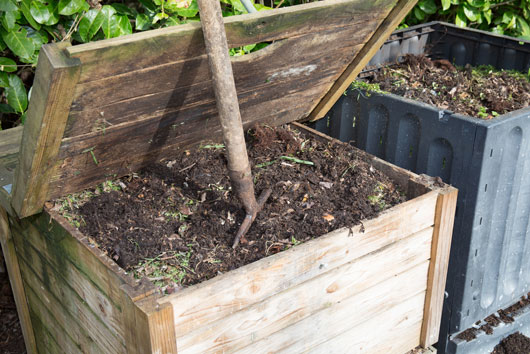
Mulch
Feed your borders and beds with a good two-inch mulch using homemade compost. This will feed the soil for the season ahead. Online suppliers are still delivering although garden centres are closed.
Dahlias, cosmos and sunflowers will grow well on soil that is enriched. Don’t dig it into your soil but spread it thickly and let the worms do the work for you.

